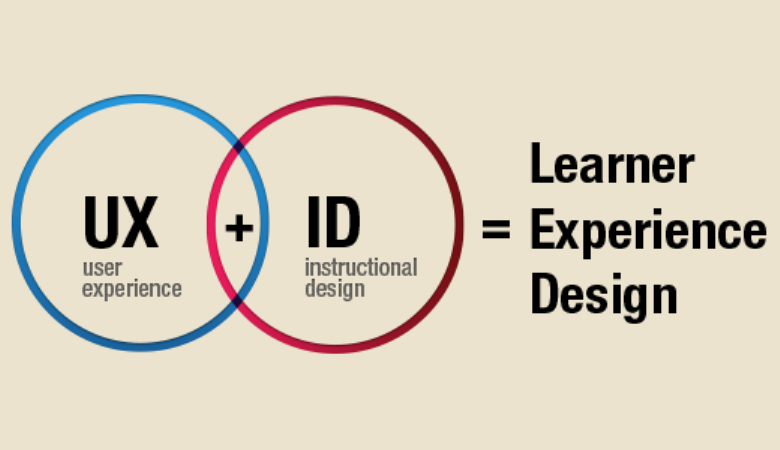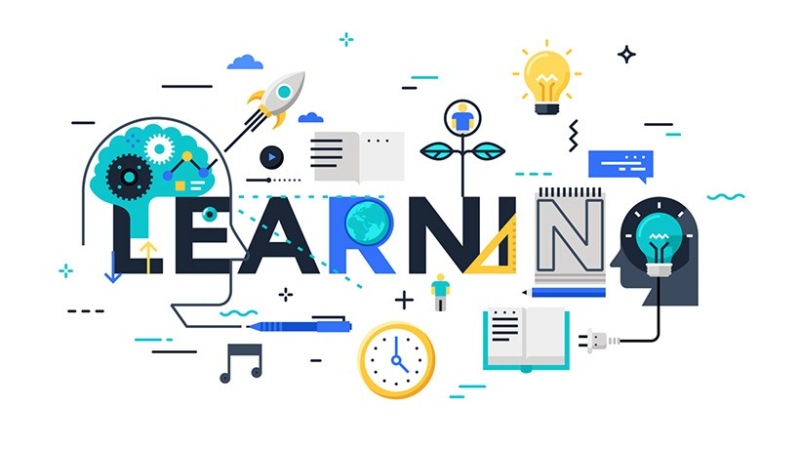Effective UX Strategies for Crafting Human-Centred Instructional Experiences
Ashutosh Chandra | 16th July 2020
Today, the traditional ways of learning such as instructor-led PowerPoint lectures or training workshops, are no longer moving the needle. Most of the modern workforce is online now. They are in need of learning that can constantly adapt to solve knowledge and skill gaps in the ever-changing business landscape. Just as building a software product requires human-centered design thinking, building a learning experience does too. Traditionally, people used instructional design methods for building corporate learning. The new and improved version of corporate learning brings in UX principles to the design process. They assist in building thoughtful, holistic, human-centered learning experiences. This new blend of instructional design and user-experience design is known as learning experience design.
Also, Read | UX Strategies For Effective Conversion Rate Optimization
Learning Experience Design

Learning experience design (LXD) is the creation of learning experiences that use a human-centered design approach to achieve specific outcomes. Essentially, LXD is a smooth combination of user-experience design (UX) and instructional design. Learning experience design begins with an empathetic approach, focusing on the learner. The LXD process shows authentic care towards the learner. It leaves the learners with a new skill or capability that is useful and retained. It parts its ways from traditional educational jargon – modules, units, and lessons, and focuses on the grander, holistic learning experience. The designer’s job is to create powerful learning experiences that span beyond the requirements of a traditional classroom.
What defines a learning experience

It’s not essential that a learning experience takes place in an educational setting. It could happen while driving to work, on an afternoon walk, or at a team meeting. It could be any event in which learning could occur.
LXD focuses on a few key principles such as:
- Emphasizes human-centered design
- Combines content design and user-experience
- Focuses on results and user-analysis
- Employs an iterative design methodology
- Built for technology-enabled learning
LXD Merges the UX design-thinking principles with curriculum development. With that, it aims to create the most effective learning experience for a given audience.
Using UX to create learning experiences
In practice, instructional design and user experience design have a significant overlap in their models. ADDIE, a popular instructional design model, outlines steps which are Analysis, Design, Development, Implementation, and Evaluation to create a learning experience from scratch. These steps are quite similar to the standard UX design process of Empathize, Define, Ideate, Prototype, and Test. On the surface, these models have the same core elements. The main difference is that UX dedicates more emphasis on the human-centered approach. Spending more time upfront to fully understand the user (or learner) requirements before building a solution.
Follow these steps to create a learning experience using UX design principles:
- Define the problem and objectives
- Understand learner personas
- Ideate and design
- Create the content
- Implement the experience
- Evaluate the insights
Let’s look at each step one by one:
Define the problem and objectives
Each learning experience must be tied back to a larger business goal and objectives. Otherwise, there would be no reason to create a learning experience at all.
Begin by defining the business problem looking to be solved. This can be done by writing a problem statement. A problem statement highlights the gap between the current state and the desired state.
Understand learner personas

The most important part of designing a learning experience is understanding the audience. Who is the experience for? and what information we can gather about them?
Build personas. Personas are fictional characters that represent the behaviors and demographics of the target user. Complete this persona-building exercise for learners as well. In this step, dig deep into the audience’s motivations, goals, frustrations, and backgrounds.
You might also be interested in reading – 5 Effective UX Strategies For Serving Your Customer Needs Amid COVID-19
Ideate and design
Using a combination of the learning objectives and personas, the ideation step is where the learning experience begins to form. This is where the expertise of the instructional designer comes into play. Designing a learning experience requires attention to detail and is often the most time-consuming part. This step is not about creating any actual learning materials. It is about writing, structuring, and organizing the information. It’s about deciding the delivery mediums, the best tools for the audience, and the specific evaluation metrics. All the design decisions are documented in a visual representation. Storyboards and mood boards are created to visually explain the learning experience in full.
Create the content
The learning design is approved. Now the actual content must be brought to life. Depending on the learning design, this step could include creating graphics, recording videos, and visually designing the brand. If the learning delivery method is an eLearning course, building the actual course would happen in this step.
Implement the experience
Depending on the type of learning experience, the implementation step may be the most rewarding. This is where learners get to participate in the experience for the first time. Some actions in this step may include creating a communication plan, building awareness around the experience, organizing a launch date, coordinating facilitators, selecting a location, and many others. For digital learning, this could include uploading files to an LMS, providing access to users, and being available to solve any last-minute technology issues.
Evaluate the insights
Is the learning experience meeting the learning objectives? This is where usability testing, surveys, and data analysis come into play. Learners can complete post-program surveys once they’ve completed the experience. This can assist in determining if the learning experience met the user’s needs. Or if it requires any improvements in future iterations.
Conclusion
Design-effective learning experiences is the same as designing any other sort of user experience. Learners have needs that can only be solved through research, design, validation, and iteration. Instead of thinking about simply “building a training module,” consider crafting a holistic learning experience that truly has the human at the center of the design. Check out UX design services for more UX strategies and design assistance.
Image sources: Google Images